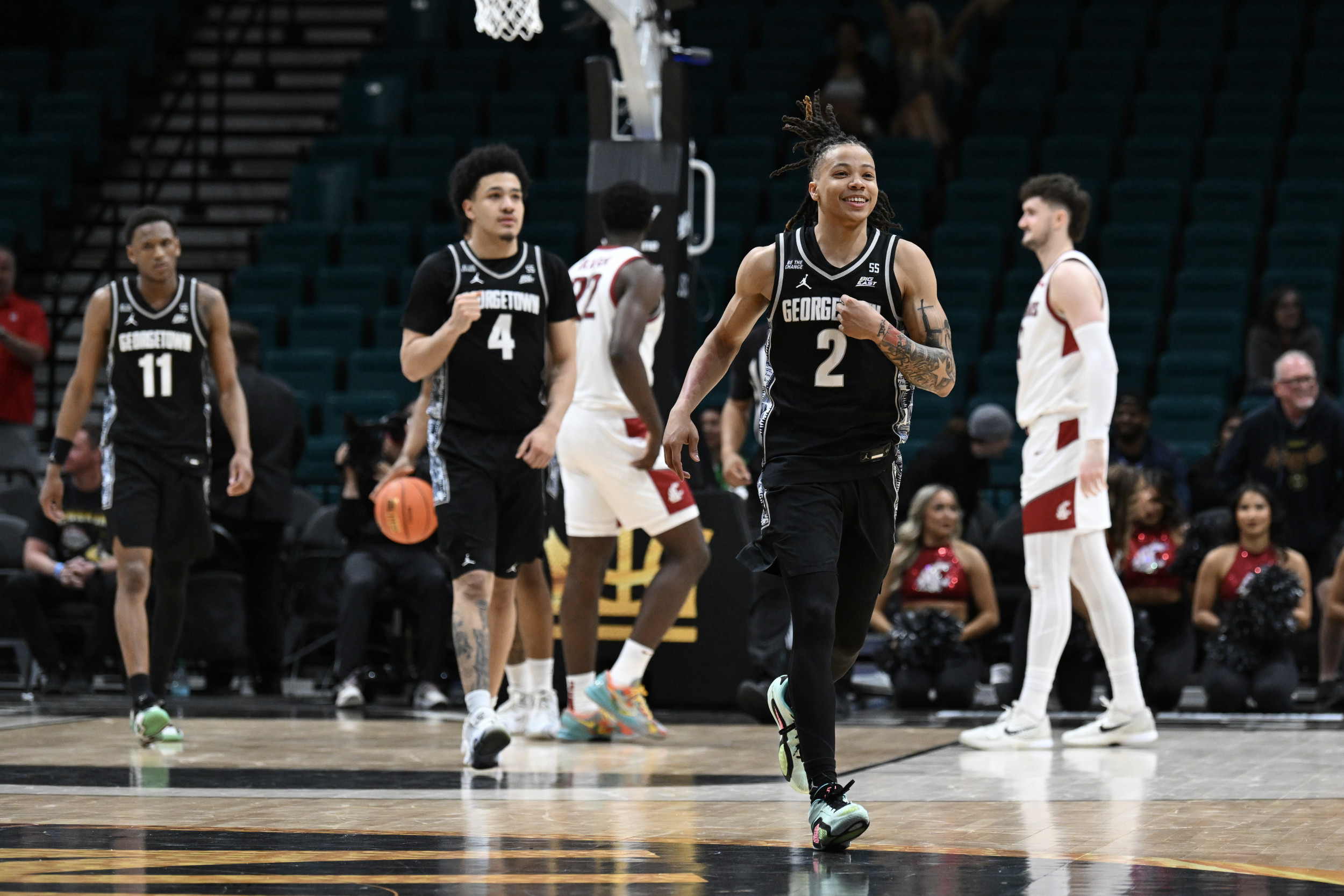
A new study reveals how viral food videos—often starring slim hosts devouring massive meals—may shape viewers' perceptions of eating and body standards across global platforms. Study: “ Mind your figure! Watch, but don’t eat”: A content analysis of eating and appearance-related messages in eating videos on social media . Image Credit: interstid / Shutterstock In a recent study published in the journal Body Image , researchers at Flinders University, Australia, evaluated food videos, including eating challenges and ASMR (autonomous sensory meridian response) content, across three major video-sharing platforms (YouTube, TikTok, and Bilibili) to understand the potential impacts of such content on viewers.
Their findings indicate that the hosts of these videos are predominantly Caucasian or Asian young adults; many videos feature overeating or unhealthy eating behaviors, and approximately half depict people with thin body types (47.2% thin, 27.8% average build).

The researchers caution that viewing and engaging with this content may impact the body image and eating habits of viewers, particularly among younger audiences. Background Bilibili videos were more likely to feature spicy or irritating foods, possibly as a tactic to attract viewers through shock or entertainment value. Social media is widely used, with over four billion users, and has been linked to body image concerns and disordered eating due to the promotion of appearance ideals like thinness and fitness.
While much research has focused on images of idealized bodies on some social media platforms, studies on eating-related videos remain limited. A systematic review, such as Wu et al. (2024), suggests that social media content, such as food advertisements and clean eating imagery, may contribute to disordered eating and body image issues.
Emerging research on mukbang videos has found potential links to overeating, binge eating, and restrictive eating behaviors. Well-known video-sharing platforms feature various eating-related videos, with some offering unique interactive features, such as real-time bullet chats (a live comment feature on Bilibili), that may influence viewer perceptions. Cultural differences also shape content, with Asian cultures (e.
g., communal eating norms) emphasizing communal eating. Given the increasing popularity of eating-related videos, it is crucial to analyze the messages they convey and their potential impact on viewers.
About the Study Virtual companionship themes (e.g., “Let’s eat together!”) were most common on Bilibili, with 80% of hosts directly addressing viewers, versus 45% on TikTok and YouTube.
The research team examined eating-related videos across three well-known video-sharing platforms (YouTube, TikTok, and Bilibili). A set of search terms (“mukbang,” “eating challenge,” and “ASMR eating”) was used to identify relevant videos, and searches were conducted in April 2022, utilizing platform-specific relevance filters. Videos were included if they featured one or two individuals eating, had over 10,000 views, and contained either English or Chinese audio and subtitles.
Exclusions included compilations, news, commercial content, and live videos. A total of 180 videos, 60 per platform, were selected. The top 20 most-liked comments per video were also analyzed (n = 3200).
A codebook was developed for coding video content, including eating behaviors, body image, and engagement. Interrater reliability was assessed using percentage agreement and PABAK statistics (a statistical measure of interrater reliability adjusted for chance agreement and prevalence bias), and disagreements were resolved. Data were analyzed using descriptive statistics, chi-square tests, analysis of variance (ANOVA), and t-tests to compare differences across platforms.
Findings Most video hosts were aged 18-34 (90%), with TikTok featuring younger presenters (18-24 years). Women were more prevalent on TikTok (70%) than on other platforms. Most videos (59.
4%) featured Asian hosts, particularly on the Chinese platform Bilibili. Video settings were mainly indoors (72.2%), often at home or in studios.
YouTube’s eating videos were more likely to include calorie counts—some exceeding 10,000 calories—highlighting the extreme nature of the meals consumed. Asian savory meals were the most consumed food type (52.2%), followed by fruits/vegetables (41.
7%) and fast food (23.3%). Bilibili primarily showcased Asian dishes, while TikTok featured fewer options for fruit and vegetable consumption.
Overeating (more than three meals’ worth of food) appeared in 71.7% of videos. YouTube, in which overeating was featured in approximately 90% of videos, also had the highest proportion of videos showing very large bite sizes and rapid eating.
Dangerous eating behaviors, such as excessive consumption of sugary foods, were observed in 36.7% of the videos (73.3% on YouTube).
Thin or moderately built individuals were most common, with fewer larger-bodied hosts. Most videos displayed hosts’ faces, though Bilibili used more appearance-altering filters (26.7%).
The attire varied, with TikTok hosts featuring more skin-tight clothing. Videos commonly included expressions of appreciation (66%) and virtual companionship (75%). Cooking discussions were common on Bilibili (50%) but rare otherwise.
Overeating was frequently acknowledged, and calorie counts, often extremely high (e.g., 10,000+ calories), were mentioned in 10.
6% of videos (25% on YouTube). Viewers frequently mentioned overeating (58.3% on YouTube and Bilibili), food cravings (85.
0%), and hunger (83.3%). Some discussed extreme eating behaviors (36.
3%), unhygienic food (5.9%), and fasting (20.8%, lower on Bilibili at 6.
7%). Body weight and shape were noted in 41.7% of videos, with many expressing envy, commenting on hosts' weight, or sharing weight loss goals (71.
7% on Bilibili via bullet chats). Conclusions TikTok’s short video format may limit how much food is shown being eaten, but it still featured a high rate of thin hosts in revealing clothing, raising concerns about body representation for its young user base. These findings are important as they highlight the widespread influence of eating-related videos on social media and their potential impact on viewers' eating behaviors and body image.
The study shows that these videos, particularly mukbang and eating challenges, often portray overeating and extreme eating behaviors, which may contribute to unhealthy eating habits. The frequent depiction of thin hosts overeating could normalize excessive consumption while reinforcing unrealistic body ideals, possibly increasing the risk of disordered eating. Platform-specific differences also emerged: YouTube showed more extreme behaviors, Bilibili emphasized cultural influences (e.
g., censorship of terms like “chibo” [eat broadcast]), and TikTok focused on younger hosts with revealing clothing, potentially contributing to body dissatisfaction. The interactive nature of these videos, such as Bilibili’s bullet chats, further enhances viewer engagement, thereby strengthening their influence.
Given the popularity of this content, further research is needed to understand its long-term effects on eating behaviors, body image concerns, and cultural differences in susceptibility to these influences. “Mind your figure! Watch, but don’t eat”: A content analysis of eating and appearance-related messages in eating videos on social media. Wu, Y.
, Kemps, E., Prichard, I. Body Image (2025).
DOI: 10.1016/j.bodyim.
2025.101883, https://www.sciencedirect.
com/science/article/pii/S1740144525000348.















